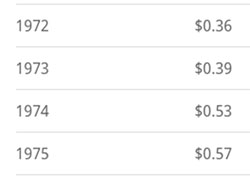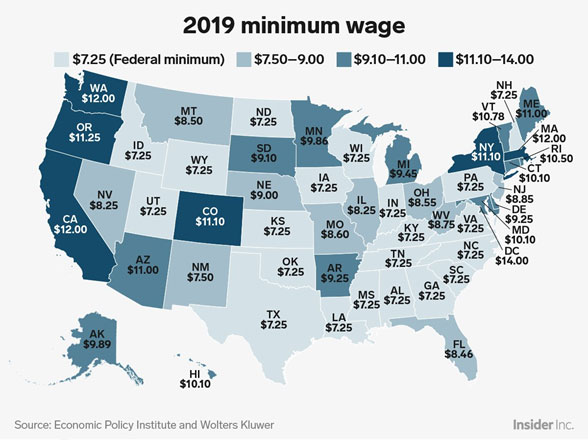Just like in the 1970s, inflation pressures are building
 |
Do you remember sitting in line to buy gasoline in the 1970s?
I sure do because I was a teenager at the time and my loud, fast, gas-sucking 1968 Camaro was frequently idled because of an empty fuel tank.
Even more frustrating was that my vegetable-farmer father had an underground storage tank filled with gas. You see, farmers and other key businesses were exempt from gasoline rationing and my father ordered and received as much gas as he needed to run the farm.
 |
But my father wouldn't give me one drop out of the hundreds of gallons stored underneath our barn. In my father's moral world, everything was black and white, right or wrong.
"That gas is for the farm, Tony. Not for you to joy ride around town. You need to wait in line like everybody else," he said.
Looking back, I see that he was right. But I was mad as hell at the time because I couldn't take my cheerleader girlfriend out for a Friday night date.
Even when I could get gas, I had to pay a lot more for it.
The national average for a gallon of gas was only 36 cents a gallon when I got my driver's license in 1972, but rose to 57 cents by the time I graduated high school.
 |
Fifty-seven cents a gallon sounds ridiculously cheap today. But that was a 58% increase and the minimum wage was only $1.60 an hour at the time.
Worse yet, my father only paid me $1 an hour to work on the family farm. "You eat my food, you live in my house," he said when I complained about my below-minimum wage pay.
I wasn't paying attention at the time, but gasoline wasn't the only thing that was going up in price. Inflation had been running between 5% to 6% at the start of the 1970s, but reached double digits in 1974.
|
Inflation got so bad that President Nixon introduced wage and price controls, which along with an OPEC oil embargo, severely reduced gas supplies. That’s why my Camaro's fuel tank was frequently empty.
 |
And then the Fed began to raise interest rates in 1977, which ultimately pushed the economy into a painful recession.
Inflation is nowhere near double-digits today. But higher labor costs could usher in the type of wage-push inflation we saw in the 1970s.
The minimum wage is increasing in 20 states, rising from a nickel-an-hour in Alaska to a $1-an-hour bump in Maine, Massachusetts and California.
 |
It’s not just hamburger flippers that are getting paid more. According to the Atlanta Federal Reserve, wages have jumped by a 4% annualized rate in the last three months of 2018.
In fact, our economy has delivered 99 straight months of jobs growth, the longest in history by a wide, wide margin.
 |
Time will tell how these higher wages will impact inflation. But one thing I am sure about is the ballooning profits that job placement/employment companies are making.
I don't own a hot-rod Camaro any more, but 28% of the stocks in the Weiss Ultimate Portfolio that I run are involved in the jobs food chain and they are doing fantastic.
If you're worried and/or confused about where the stock market is headed, consider a non-risk subscription to my Weiss Ultimate Portfolio. I think you will be very pleased with the results.
Best wishes,
Tony

